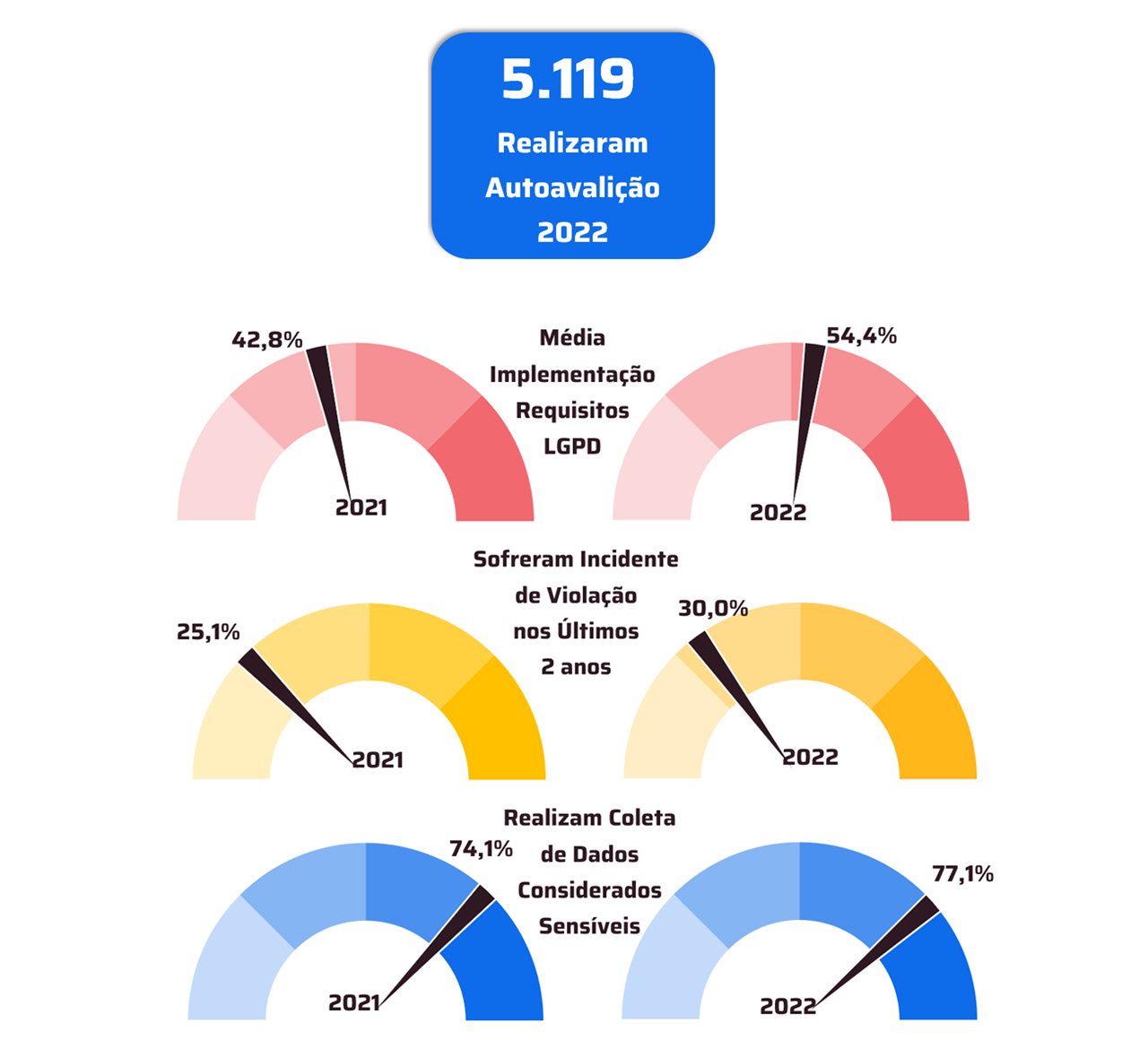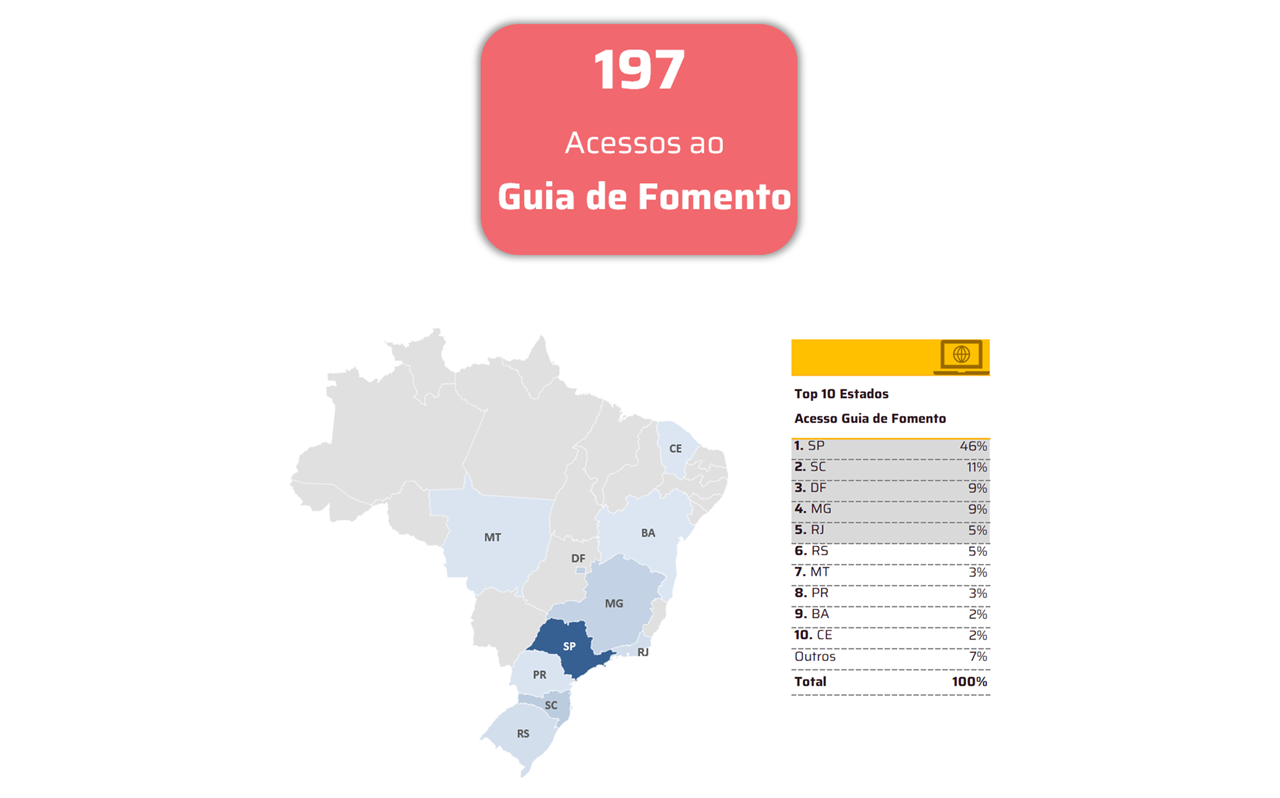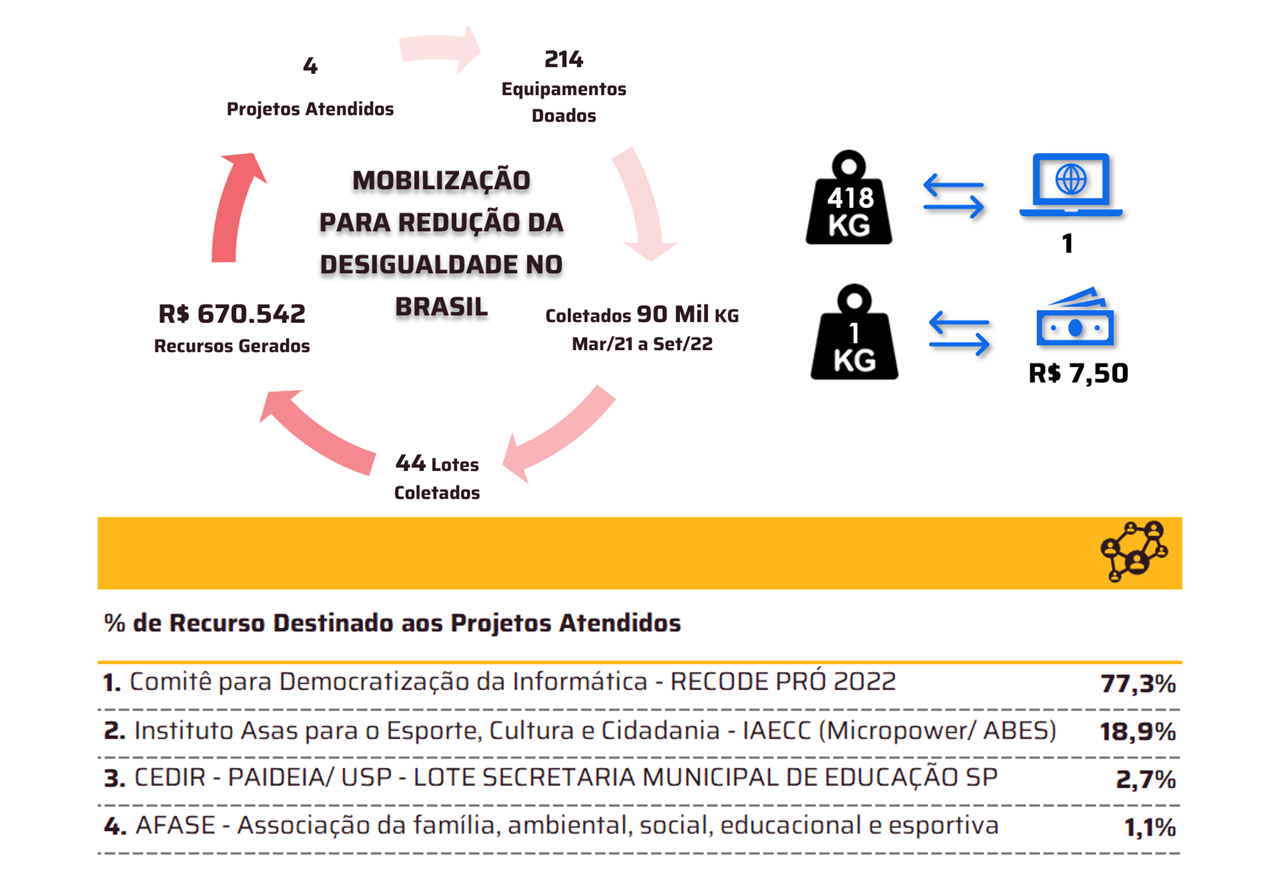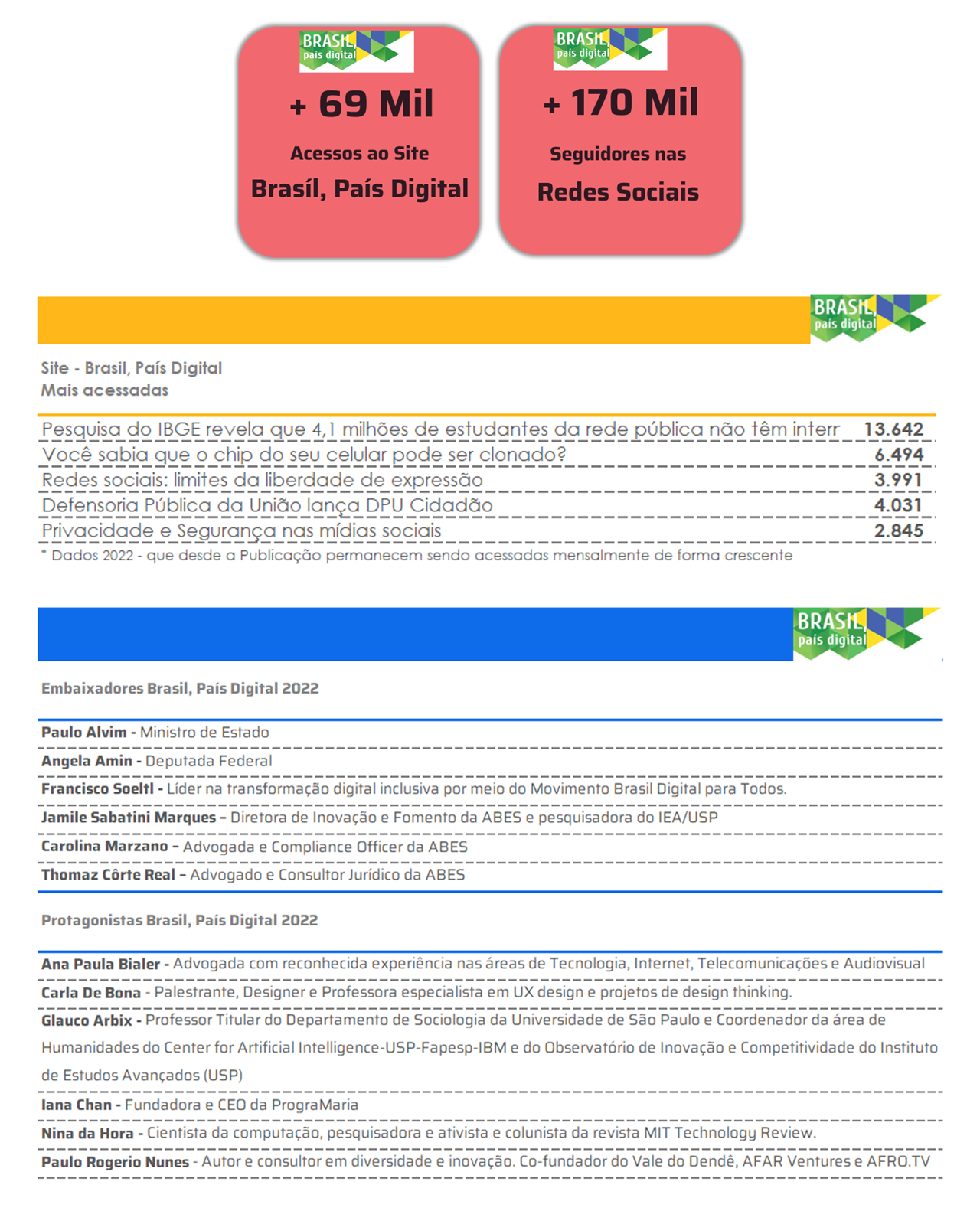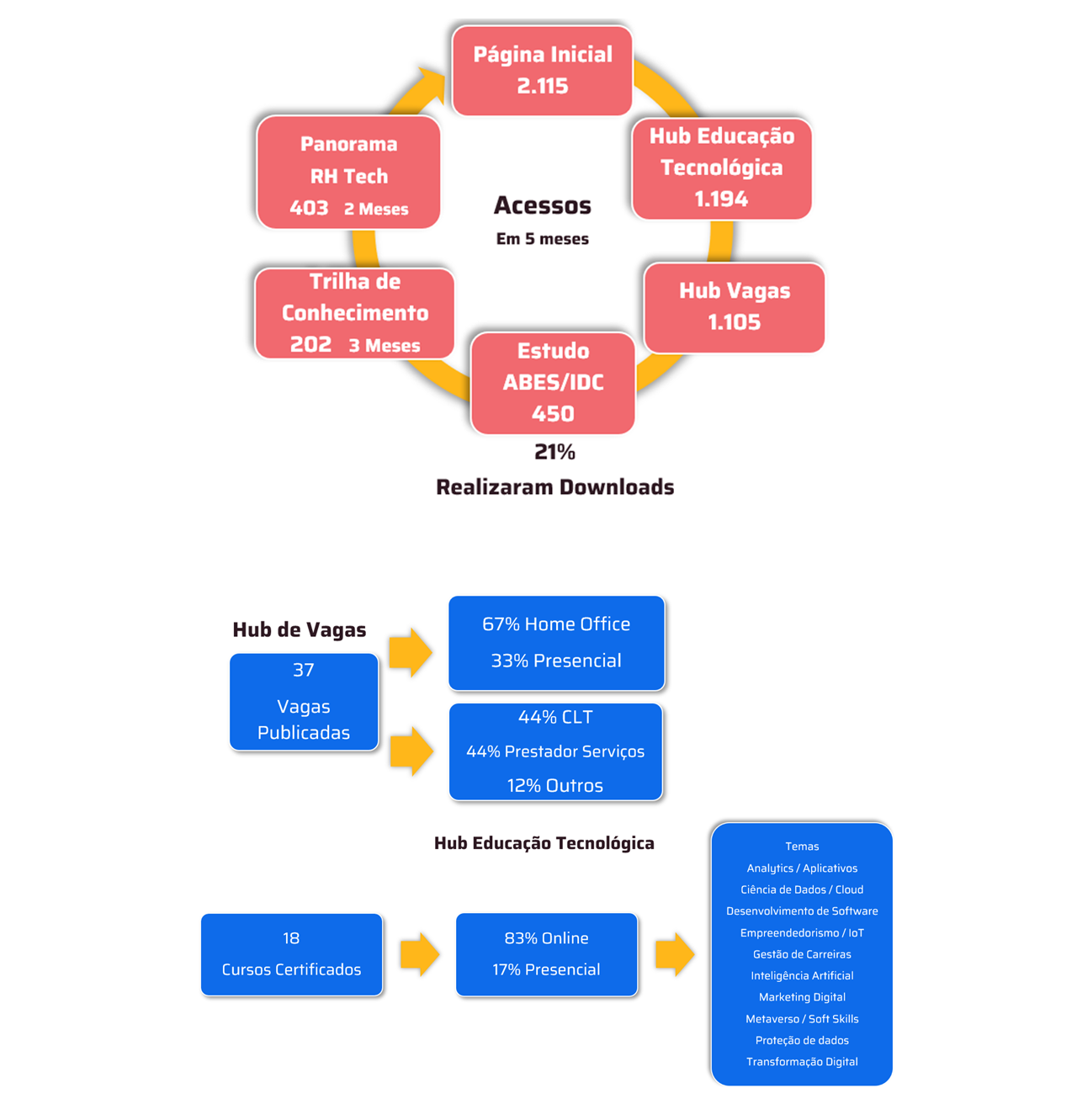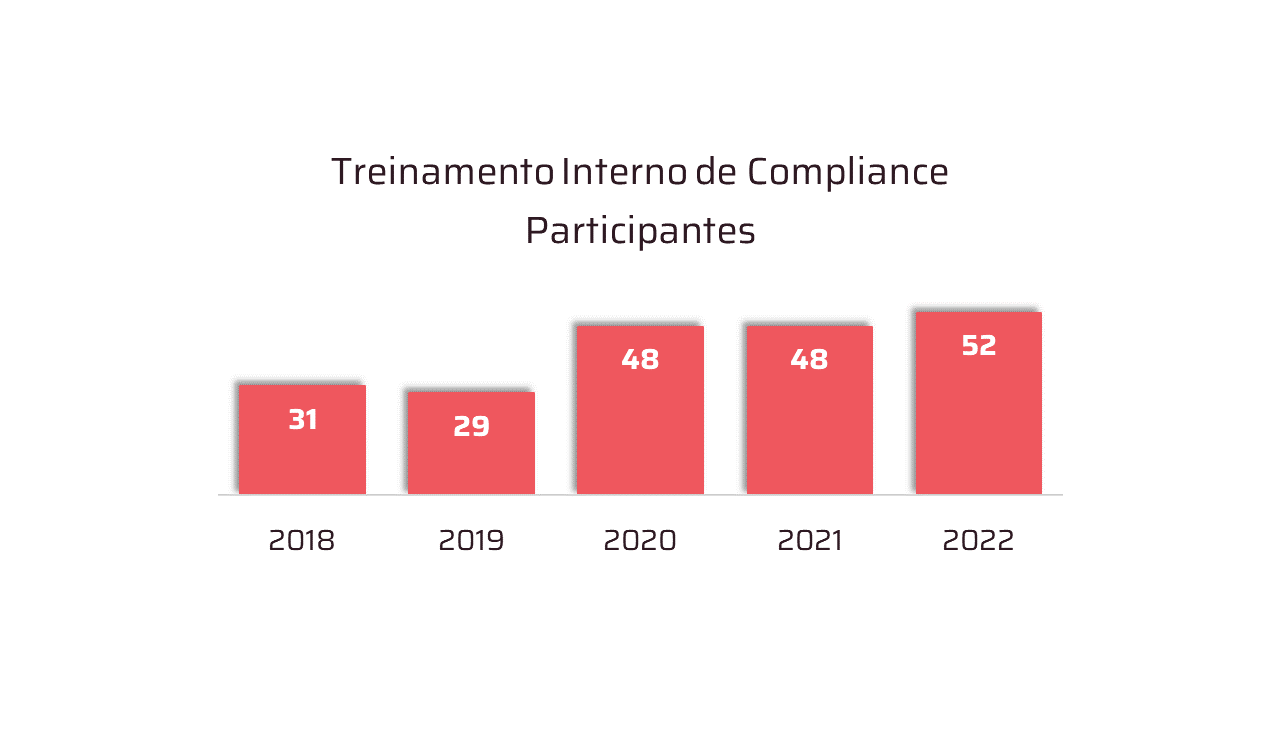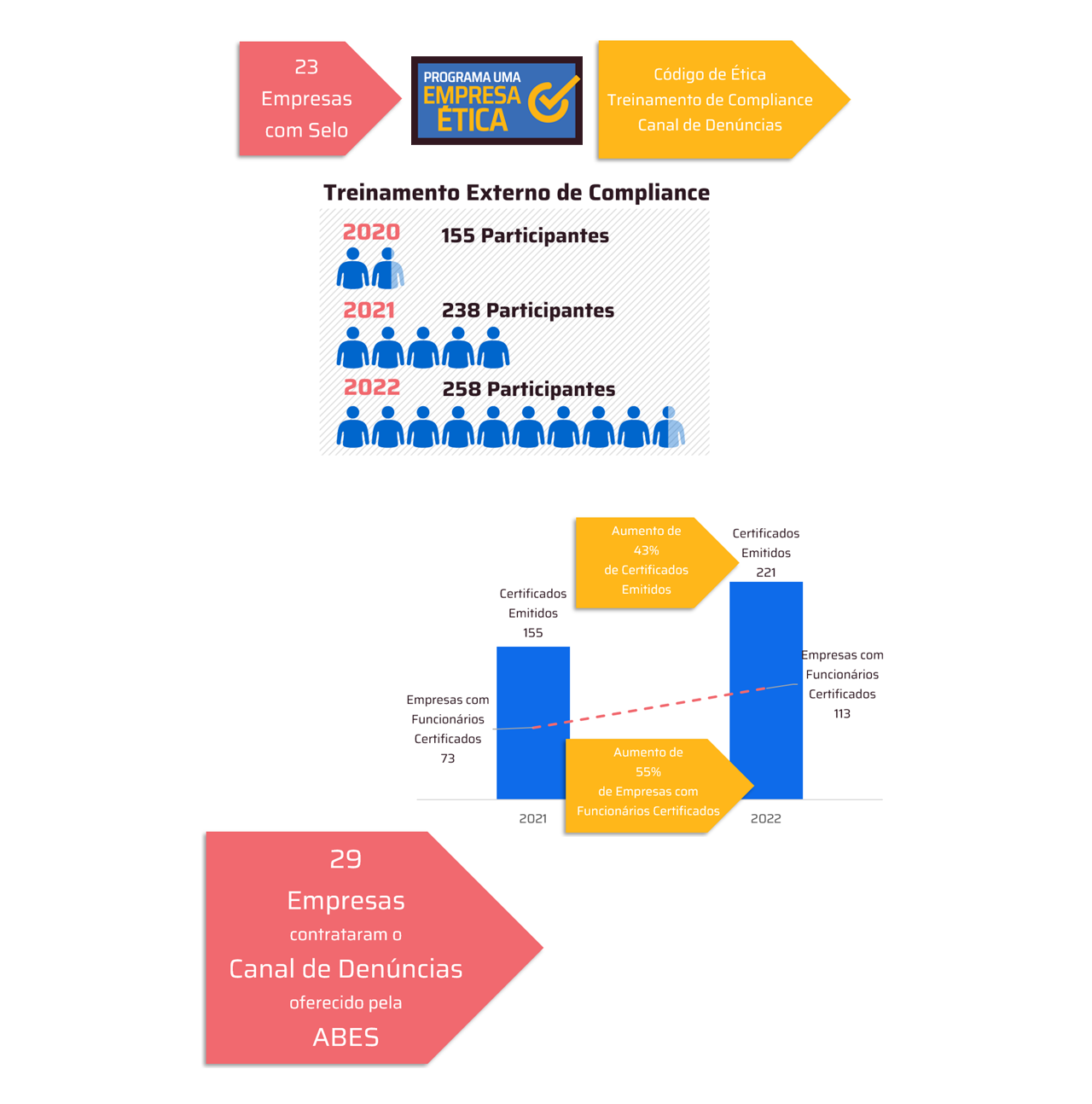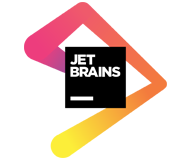 *By Leandro Sanches
*By Leandro Sanches
Often, when we think of innovation, we conjure up a mythical scenario: someone had a fantastic idea overnight and quickly turned it into a success story. While this may happen occasionally, the reality of innovation is not so simple or singular. History's greatest disruptions were achieved after much trial and error, and primarily through the participation of diverse people sharing ideas and working in synergy toward a common goal.
Technology is the great promoter of this model of joint and collaborative action. From steam engines to artificial intelligence (AI), everything we know today is the result of the combination of knowledge. The power of community has also become the cornerstone of a technological and cultural movement that has broken down barriers over time. Anchored by the joint creation of developers around the world, open source has discovered ways to solve problems and innovate.
When open source principles form the foundation of collaborative efforts, incredible things can be achieved. Examples include the development and expansion of Linux as the world's most powerful and ubiquitous operating system, the penetration of cloud computing with the adoption of hybrid cloud computing, and the development and expansion of the Internet.
Much of what we know today relies on open source as its backbone. Think about your cell phone's operating system, your banking app, or the system behind an online purchase. All of them certainly have a significant contribution from open source.
It's no surprise that the impact of open source can now be seen in the evolution of artificial intelligence. Through the contributions of numerous professionals around the world, open source has enabled the creation of increasingly smaller, more personalized, safe, agile, and efficient AI models. Humans and machines, co-creating in synergy, only prove what open source has always advocated: no one innovates alone.
The rapid pace of technological change requires a work model in which people and technology jointly create new knowledge, generating value through the integration of human and technological capabilities. Doing this as a community is not only simpler but also more profitable, with the certainty of concrete results.
There's no shortage of initiatives to foster this mindset and accelerate sustainable transformation. These projects bring together developers and open-source technology enthusiasts from different countries in Latin America and around the world. These groups allow for the exchange of experiences and the sharing of common interests to enable joint innovation.
When we talk about collaboration and innovation, we often think of major paradigm shifts. But the reality is that these two ideas together only need to transform a single standard: that we can innovate alone. Collaboration stands out as a pillar for unlocking new possibilities and catalyzing progress in organizational transformations, accelerating innovation. And all of this is only possible with the power of communities.
*Leandro Sanches is a Red Hat Specialist Solutions Architect
Notice: The opinion presented in this article is the responsibility of its author and not of ABES - Brazilian Association of Software Companies









